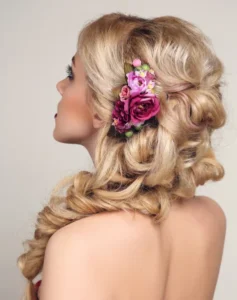Great cameras and smartphones have made great snaps all that easier. Be it a budding photographer or just somebody who wants to shoot great snaps for social media, family albums, or personal satisfaction, the trick to great pictures lies in mastering just a few key techniques.
Be it to improve your photography or click better pictures, read on. We will be discussing expert tips along with the creative way of capturing those picture-perfect moments.
1. Master the Magic of Light
Why it matters:
Lighting is the backbone of a great photo; it develops your photo’s mood, makes the subject pop, adds texture to your images, and at times can make even the most beautiful subject appear flatly poor. On many occasions, good lighting will make ordinary things magical.
Lighting Tips:
- Golden hour: This is a variation in light-that first thing in the morning at sunrise and last before sunset-can bring a dreamy factor into your pictures. This hence provides gentler, warmer light due to its diffused condition and softer shadows. Hence, it is quite all right to take portrait snaps as well as to go for landscape shooting outdoors.
- Avoid Harsh Midday Sun: While midday light is bright, it develops strong shadows and highlights that may be unflattering. Shooting in the day would comprise finding shaded areas to shoot or to shoot near natural diffusers like clouds or curtains.
- Use Reflectors: Most simple and easiest, the use of a reflector is when light is reflected back on your subject. You can purchase a professional reflector or even use a white piece of paper for just that express purpose of filling in those shadows and brightening up your photos.
How to use it:
For portrait photographs, pose the subject in soft light falling on the face-not overhead or from the rear. And go frequently to one spot in varied weather and at different times for example, soft morning or colorful energetic sunset.
SHOP LIGHTING
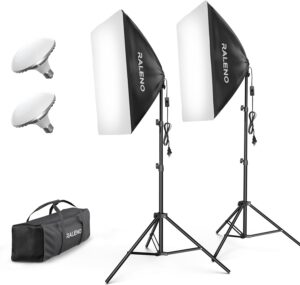
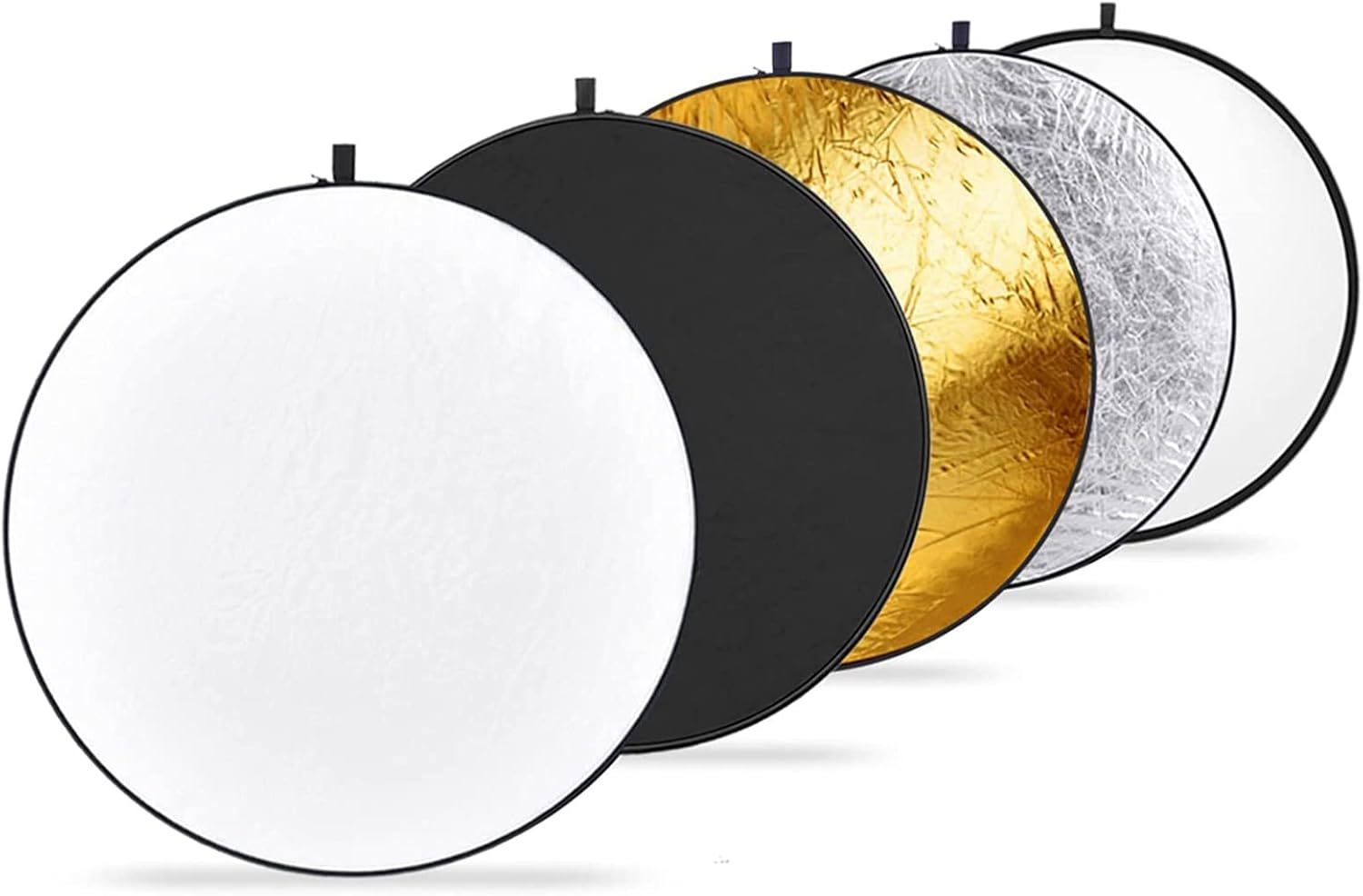
2. The Rule of Thirds – Master it.
Why it matters:
The rule of the thirds imparts balance in a photo and makes the picture interesting. Actually, the theory behind this is to divide a picture into a grid of 3×3-meaning two horizontal lines and two vertical lines your subject can stand on for intersection points or along those lines for more dynamic movement of the picture to make it appear well-composed.
Application of rule:
- Place Key Elements Off-Center: Instead of having your subject dead in the middle, place it along one of the lines or at an intersection for a more interesting composition. Allow room for background or other elements to breathe.
- Balance the Scene: If you shoot landscapes, think about using the top or bottom grid line for the horizon to create an image that places emphasis on the ground or the sky.
Pro Tip:
Most cameras and smartphones have options to overlay a grid onto the screen for composing based on the rule of thirds.
SHOP CAMERA

3. Composing: Framing and Leading Lines
Why it matters:
Composition is the fine art of the arrangement of elements in an aesthetically pleasing fashion within the frame. Good composition may draw a viewer’s eye to those most important parts of the photo and create harmony.
Composition tips:
- Framing: Natural frames will lead your viewer’s eye into your subject and add depth to the image. Interest and context can be added through framing to enhance photos.
- Leading Lines: A road, a fence, a river amongst others that continue with the environment; a continued line acts like a guiding visual that will lead the eye to the point of interest within your image. Leading lines help in adding energy so the images appear dynamic and three-dimensional.
How to use it:
Look for framing and leading lines in your environment – a path, for example can be used to have leading lines leading the eye into the subject. Put a doorway or window in your frame to add some texture and frame your portrait subject.
SHOP RULE OF THIRDS & LINES

4. Have Fun with Depth and Perspective
Why it matters:
A picture which is so mundane can be deep inside yet very out-of-the-ordinary. The depth in a picture carries with itself a dimension and makes the viewer a part of it. Surprise can be caused when a picture is made interesting with experiments with perspectives and hence, making photographs far more intriguing.
How to create depth:
- Foreground, Middle Ground, and Background: Add foreground, middle ground, and background elements in your picture to add layering. Talking about the example, while shooting any landscape always add flowers to the foreground, add mountains to the middle ground, and add the sky to the background.
- Change Your Angle: For one thing, don’t shoot at eye level. Kneel down, lie down, or shoot from above to bring new perspectives in. A low angle will make your subject look more powerful; a high angle will add a sense of distance.
How to use it:
If you’re shooting outdoors, add layers by bringing foreground objects into the shot-a flower or a branch, for example-positioned with your subject mid-scene. Shoot from high or low vantage points to change up how the viewer sees the scene.
SHOP DIGITAL CAMERAS


5. Mind Your Background
Why it matters:
A cluttered or noisy background only takes away from the subject, that part of the picture to which you want to have your concentration. Keeping this background clean will, therefore, allow it to remain and be subject to center of attention.
Clean Background Tips:
- Employ shallow depth of field: using a wider aperture can reduce the depth of field because it is capable of having the background blurred hence bringing out the subject; this works amazingly in portrait photography.
- Avoid distractions: always check the background to see any distractive object such as dustbins, cars, and people before clicking. Change your angle of shoot or adjust the subject to avoid them.
- Natural Backgrounds: Colored mural, garden, or even a wall in neutral colors are the backgrounds that speak volumes for the subject in the picture.
How it works:
Portrait shooting on a wide aperture, low f-stop number, pretty much just blurs the background and keeps your subject at focus. But in the case of landscape, look for clean, simple backgrounds devoid of any kind of clutter in them that might fight your composition’s main elements.
SHOP BACKGROUNDS
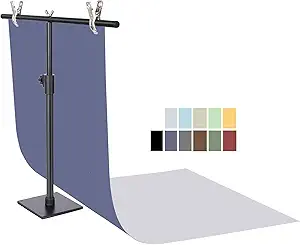
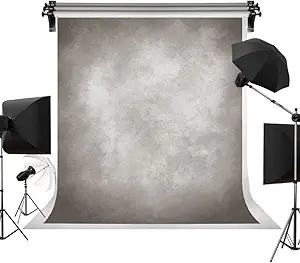

6. FOCUS AND SHARPNESS: LET’S TRY
Why it matters:
Sharp focus captures all those minute details of your subject while selective focus could bring about an artistic dramatic effect in the shot by drawing emphasis on a part of it.
Tips for sharper photos:
- Tap your subject or use manual focus: where there is auto-focus in the camera and also in most smartphones, a little tapping on the face of your subject or using a manual focus may bring elements together.
- Tripod: No doubt, in the low-light shots, or shots with slow shutter, the tripod comes in handy that will keep up the steadiness, capturing with blurred shots can arise.
How to use it:
With portrait photography, it is expected that the eyes are tack sharp as it is the most crucial part of an image. The beauty of macro photography are the details of your subject-like the texture of a flower petal or a leaf-so focus on the particular aspects that make the particular flower or leaf beautiful.
SHOP TRIPOD
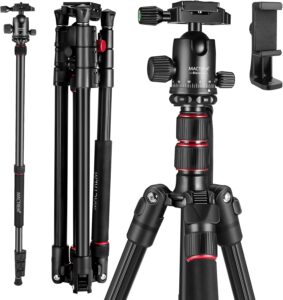

7. Editing tips
Why it matters:
Editing is among the most important processes that give life to your photographs-that final touch. But, it is all about having that perfect amount of balance. More than this, the pictures will come out unnatural, and subtlety does bring out the best of them.
Tips for editing:
- Adjust brightness and contrast. Lightening exposure on images tends to make shots seem more natural, hence allowing pictures to become brighter, though increasing contrast will bring out better contrast between light and darks.
- Enhance colors. Most sunset and nature shots enhance in colors but without over-saturating.
- Crop/straighten. If required, crop to have better composition or to straighten out horizons which seem to be tilted.
How to use it:
Exposition, acutance, and color balance in photo editing applications like Lightroom or Snapseed. Now go wild, but once more: less is often more with editing.
SHOP BRIGHTNESS

Conclusion: Practice Makes Perfect
Fiddle more with techniques, composition, and lights; the more perfect your snaps turn out: take striking snaps of the mesmerizing beauty of a sunset, candid moments with friends, or just get that one perfectly clicked outfit picture. These surely are some very helpful hints to raise the bar on the photography game.
Well done with the shooting, and most importantly, enjoy the process-that is when the best shots come in anyway, when one is having fun!




